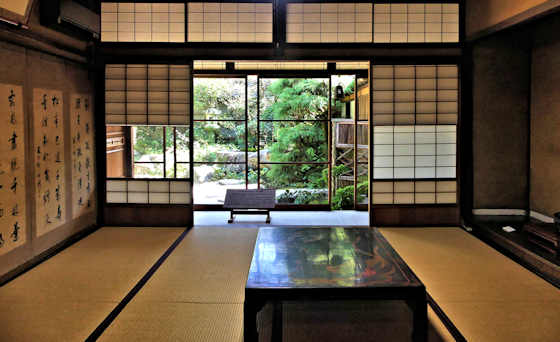Thursday, August 19, 2021
Miyama Tenmangu
Monday, August 16, 2021
North into Fukuoka
Sunday, August 15, 2021
It has stopped raining, but........
I was woken by a knock at the door just after 5 this morning. It was two old guys from the emergency services telling me that the village would be cut off by floodwater later in the morning and did I have enough food. When I took these pics an hour ago the water was still rising.
I used to have a garden down by the river, and it used to flood every two or three years. The last one, 4 years ago put the garden under at least 20 feet of water and devastated it so I gave up on it. My other garden, in the village, the 3rd photo, is now flooded. Not sure how much damage it will cause..... depends how quickly the water goes down....
Our house is several meters higher than the garden and we would be one of the last houses to be flooded were the water to rise much further. My worry is it is next to a steep mountain, part of which is planted in sugi, so a flood is much less likely than a landslide.
The water may rise a few more inches, but I am assured, by those who are releasing the water from the dam, that it will start going down soon
Friday, August 13, 2021
Yakumo Honjin
Yakumo Honjin
The main building dates back to 1733, however, the property is now huge as several other Edo Period buildings that belonged to high-ranking vassals of the lord in Matsue have been reassembled here.
Labels:
Architecture,
honjin,
Izumo,
shinji
Wednesday, August 11, 2021
Juraku-ji Revisited
Jurakuji
Juraku-ji is temple number 7 on the Shikoku 88 temple pilgrimage. I visited when I walked that pilgrimage but this time I am walking the Shikoku Fudo Myo Pilgrimage, and although this temple is not part of that pilgrimage, the first day and a half of the Fudo Pilgrimage roughly follows thye same route so I stopped in at any temples I passed.
Like the previous temple, Anrakuji, Jurakuji has a Chinese-style gate. There is nothing special in any of the other architecture which is all relativeky modern.
Labels:
Fudo Myojin,
henro,
jizo,
shikoku fudo,
tokushima
Monday, August 9, 2021
Kubota Residence Gardens
four posts on the Kikuya Residence and gardens....
Saturday, August 7, 2021
Arikoyama Inari Shrine
It seems the shrine was disestablished, probably as the new lords built several shrines within the new castle grounds, however it was re-established in the early 19th century.
Thursday, August 5, 2021
Imaura Harbor
Set back up on the slope away from the waters edge a line of ramshackle fishermens huts suggest that before all the concrete this was probably just a protected beach rather than a harbour.
Labels:
concrete,
imaura,
Japan Sea Walk
Tuesday, August 3, 2021
Kannon at Myo-On-Ji Temple
Myoonji
Previously I posted some of the Fudo Myo statues at Myo-onji, and then later an even larger selection with more detail about the deity Fudo. This time I will post what I believe are all photos of Kannon, and offer a few details about her.
There are some giant-sized statues of Kannon in Jaan that are so big you can climb up inside to viewing platforms. There are also numerous pilgrimages to Kannon, usually consisting of 33 temples. I have walked the Izumo Kannon Pilgrimage, the Iwami Kannon Mandala Pilgrimage, The Chugoku Kannin Pilgrimage that covers Okayama, Hiroshima, Yamaguchi, Shiman, and Tottori, and the oldest pilgrimage route in Japan the Saigoku Pilgrimage in Kansai.
Clicking any of the pilgrimage links above will take you to a listing, in chronoloical reverse order, of posts on those pilgrimages. The only one that i have completely posted is the Izumo, all the others I am only as far as the frst few days in posting.
Subscribe to:
Posts (Atom)































































